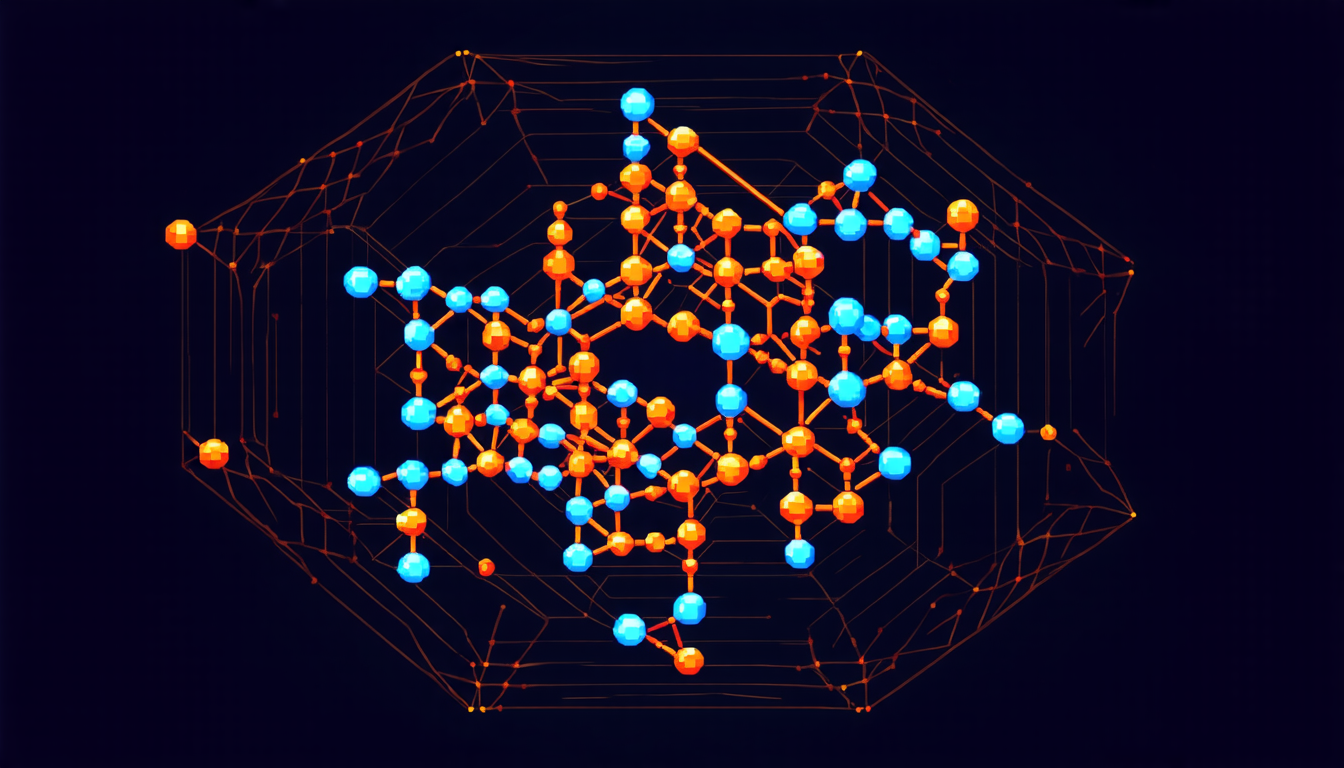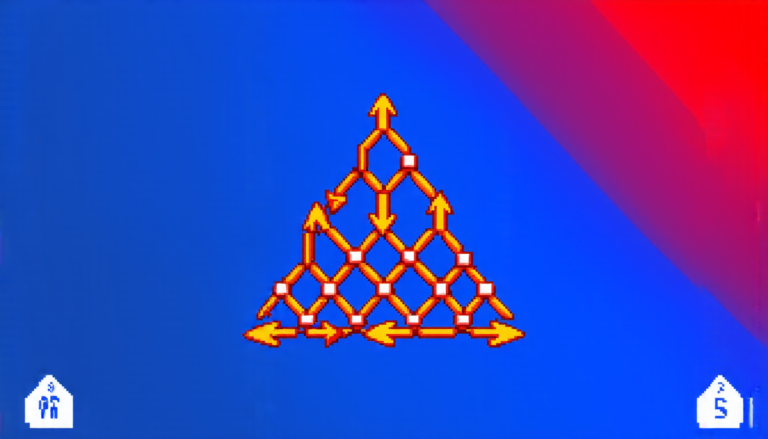Saturday 19 April 2025
Scientists have made a fascinating discovery about certain materials that could revolutionize our understanding of magnetism and orbital ordering in solids.
Researchers have long been fascinated by perovskites, a class of materials known for their unique properties and potential applications. Recently, scientists have been studying a specific type of perovskite called fluoro-perovskites, which contain fluorine atoms instead of oxygen or other elements.
In these materials, the arrangement of electrons in the outermost energy level can lead to interesting phenomena such as magnetic ordering, where the material becomes magnetized. However, the exact mechanisms behind this phenomenon are still not fully understood.
A team of scientists has been investigating a particular fluoro-perovskite called sodium iron fluoride (NaFeF3) and its properties. By using advanced techniques such as X-ray diffraction and neutron scattering, they were able to study the material’s structure and behavior in detail.
Their research revealed that NaFeF3 undergoes a phase transition at low temperatures, where the material becomes magnetized. This is unusual because most perovskites do not exhibit magnetic ordering.
Further analysis showed that this phenomenon is linked to the arrangement of electrons in the outermost energy level, which can be influenced by factors such as temperature and pressure. The researchers were able to use mathematical models to understand how these factors affect the material’s properties.
The study also revealed an interesting relationship between the material’s magnetic ordering and its structural properties. By studying the way the atoms are arranged within the material, the scientists found that certain distortions in the crystal lattice can influence the material’s magnetic behavior.
This research has significant implications for our understanding of magnetism and orbital ordering in solids. It suggests that these phenomena may be more complex and interconnected than previously thought, and could lead to new insights into the behavior of materials at a microscopic level.
The study also highlights the importance of interdisciplinary research, where scientists from different fields come together to tackle complex problems. By combining expertise in physics, chemistry, and mathematics, researchers can gain a deeper understanding of the underlying mechanisms that govern material properties.
In summary, this research has shed new light on the fascinating world of fluoro-perovskites and their unique properties. The discovery of magnetic ordering in NaFeF3 opens up new avenues for research into the behavior of materials at a microscopic level, with potential applications in fields such as electronics and energy storage.
Cite this article: “Unlocking the Secrets of Perovskite Magnetism: A Study on NaFeF3 and NaCoF3”, The Science Archive, 2025.
Perovskites, Magnetism, Orbital Ordering, Fluoro-Perovskites, Sodium Iron Fluoride, Nafef3, Phase Transition, X-Ray Diffraction, Neutron Scattering, Mathematical Modeling







